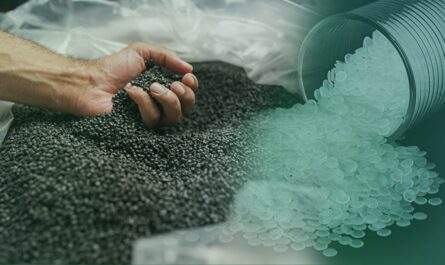Pine Resin: An Ancient Material With Modern Applications
Pine resin, also known as rosin, comes from pine trees and has been used by humans for thousands of years. While its use was primarily for harvesting naval stores in the past, today pine resin finds applications in many industries due to its unique chemical and physical properties. This article will explore the history of pine resin usage, describe its chemical makeup, and discuss some modern uses of this remarkable natural material.
Historical Uses
Pine resin has a long history of usage by humans dating back to ancient civilizations. Some of the earliest recorded uses of pine resin include:
Adhesives and Sealants: Native American tribes and ancient Mediterranean cultures harvested pine resin and used it to waterproof baskets, canoes, and other items requiring a strong adhesive or sealant. The resin formed an effective barrier against water when applied as a coating.
Naval Stores: Starting around 600 BC, naval stores became an important export commodity from Mediterranean forests. Pine resin was collected and processed into products like turpentine and pine tar that were essential for shipbuilding and maintenance. Naval stores played a key economic role for many coastal communities through the 19th century.
Medicines: Traditional Chinese medicine and other ancient medical practices utilized pine resin for its antiseptic and anti-inflammatory properties. Prescriptions containing pine resin were used to treat wounds, ulcers, and respiratory illnesses. The resin was thought to “purify” and draw out infections.
As can be seen, pine resin was integrated into many aspects of ancient life from shipbuilding to healing due to the unique characteristics provided by its chemical makeup. Modern advances have led to more widespread utilization of pine resin in fields from adhesives to nutrition supplements.
Chemical Composition
The unique properties of pine resin emerge from its high concentration of terpenoid compounds. Some of the major chemical components include:
– Rosin – This solid form makes up approximately 90% of pine resin. It is a complex mixture of organic acids called resin acids such as abietic acid. Rosin provides the adhesive and waterproofing abilities of pine resin.
– Terpenes – Classes of terpenes like monoterpenes contribute aromas and act as softening agents for rosin. Common terpenes in pine resin include alpha-pinene and beta-pinene which have anti-inflammatory effects.
– Sterols – Compounds such as beta-sitosterol possess anti-inflammatory and antioxidant properties beneficial for skin and joint health. Sterols make up around 3-4% of pine resin.
– Fatty Acids – Oleic acid and linoleic acid found in pine resin have application as nutritional supplements
The unique blend of terpenes, resin acids, sterols and other elements gives pine resin its versatility across many industries where its adhesive, antibacterial and other functional properties prove useful.
Applications in Modern Times
Advances in material science and chemistry have expanded the applications of pine resin beyond its traditional uses. Some ways pine resin is utilized today include:
Adhesives – Rosin is a common ingredient in woodworking glues and other adhesives due to its strong binding capabilities even in wet conditions. Specialty adhesives made from purified rosin are used in construction and manufacturing.
Nutritional Supplements – Based on traditional uses, pine resin extracts high in terpenes, sterols and fatty acids are manufactured as supplements advertised to support joint, immune and skin health. However, more research is still needed on efficacy.
Cosmetics – The anti-inflammatory properties of compounds like beta-sitosterol have led to use of pine resin in cosmetic products for skin care. Oils and creams containing pine resin target skin problems like acne.
Musical Instruments – For centuries, rosin has been the standard material used by string musicians to add friction when bowing instruments like violins. Rosin provides the right texture and “grip” to excel sound production.
While naval stores industry has declined, use of pine resin in items like adhesives, supplements and cosmetics has grown significantly. Ongoing research further explores resin compounds like beta-pinene that show promise for additional applications. Overall, pine resin proves itself a truly versatile material across history into modern times.
This article provided an overview of pine resin or rosin highlighting its long history of human usage, breakdown of its chemical makeup, and examples of applications both traditionally and today. Due to strong adhesive properties from rosin compounds and anti-inflammatory effects of terpenes, pine resin possesses unique functional abilities that continue to be leveraged across industries. As research further explores pine resin, new utilizations are sure to emerge from this sustainable and renewable natural material.
Note:
1. Source: Coherent Market Insights, Public sources, Desk research
2. We have leveraged AI tools to mine information and compile it




